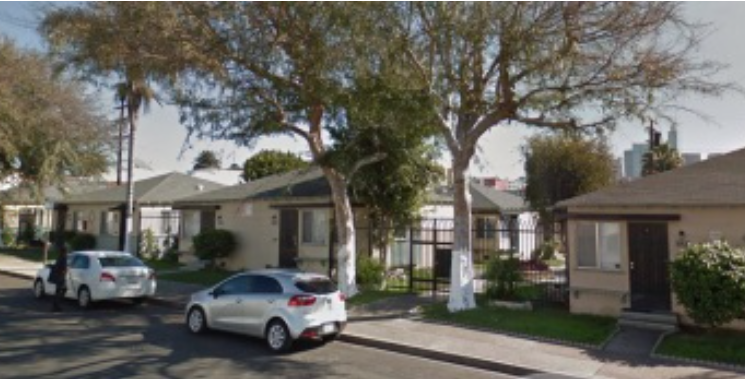CommentsTENANTS’ RIGHTS-When we talk about the current homeless crisis gripping the city our first response is to say we need more affordable housing. But what exactly is affordable housing? And if it’s so affordable, then why don’t we have enough of it?
Most people don’t know what makes an affordable apartment qualify as affordable. Most people don’t know what the Rent Stabilization Ordinance is - or that it’s not the same thing as affordable housing. One thing most people do see is that we aren’t producing enough affordable housing fast enough to meet the demand. The voters overwhelmingly passed measures H and HHH along with additional funds coming in this past November under Prop 1 and 2. When it comes to passing the hat to pay for affordable housing, the tax payers aren’t shy about doing the right thing. So where is all the housing that will get people off the streets?
If you are a renter in the city of Los Angeles there is a high chance you live in an RSO unit. Rent Stabilization isn’t the same thing as rent control or affordable housing. Some cities under rent control meant your rent never increased and that quickly turns into a problem when the landlord is operating on a deficit to keep a property going. Rent stabilization is where rents are stabilized by allowing for small expected increases once a year. As long as the tenant lives in the unit they are protected from dramatic rent increases.
Affordable housing is based on the area median income which is set by HUD. Currently, in the city of LA a single person making $50,000 a year would qualify for affordable housing. It would seem like we have a lot of options. So why then do we have a crisis on our hands?
One big problem is that our city can’t get a consistent viewpoint on what affordable housing is in relation to RSO.
According to the Housing Element of the General Plan, RSO units that are registered with the city are believed to be occupied by above average income earners. Which is confusing as HUD says a single person making $50,000 qualifies for affordable housing -- yet according to City Council we need to increase our minimum wage to $15 an hour to get people out of poverty levels. If almost 40% of the city of Los Angeles is making minimum wage like City Council says, then at the current rate of $12 an hour at 40 hours a week, a minimum wage earner working a full-time job is earning $1920 a month before taxes. Meaning they only earn $23,040 a year before taxes.
So why is the vast majority of our stabilized housing stock occupied by the small percentage of wealthy people in the city? Does this mean all those grand houses in the hills are vacant, as the wealthy have decided to cram themselves into smaller older units with questionable plumbing? And where are the almost two million minimum wage earners living? We do have a crisis of people living on the streets, but not to the level of over half our population.
It might be due to this belief that uber wealthy people are occupying our most needed housing units that allows for the removal of an RSO unit to put in affordable units. Thank goodness someone is doing something about those wealthy people taking up all the apartments. The big disadvantage of affordable housing is that the deeds are only restricted for a set time limit – meaning they only charge “affordable” levels for 30 to 55 years. After that, the deed restriction is lifted, and the once affordable units can now be charged the same as the luxury building next to it. This has become a problem as buildings built 30 years ago have seen rent increases that tenants can’t afford.
And what about the problem of where to put those affordable units? A group of tenants next to MacArthur Park have found themselves in the unfortunate position of living in RSO units on what is considered an underdeveloped parcel of property. (see photo above)
Abode communities purchased the parcel and have high hopes of putting in 100 affordable units where the 36 RSO units now sit. They claim this will gain the city 64 units that low-income folk will now be able to access that didn’t exist before. But if we want to use that kind of math, we must factor in the loss when the deed restriction ends as well. So technically we are displacing 136 families all together in order to put in housing that will be market rate in 55 years from now. Which means those same units will just be causing the same crisis we find ourselves in now.
So how exactly is affordable housing a long-term solution when it only seems to offer a short-term result? We can’t keep passing the hat to just pass on the problem to the future, and maybe what we need to do is acknowledge that our past has caught up with us.
So, when the city leaders are cheering on affordable housing the next question is what is the long-term plan?
(Susan Hunter is an activist and community organizer with the Los Angeles Tenants Union - Hollywood Local. She is also the case worker for that local and helps tenants to advocate for themselves under their rights.) Edited for CityWatch by Linda Abrams.

















